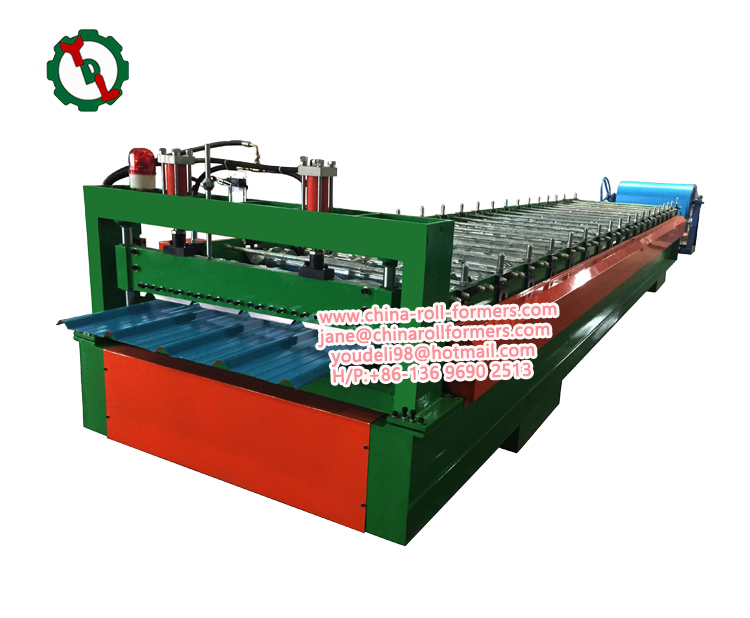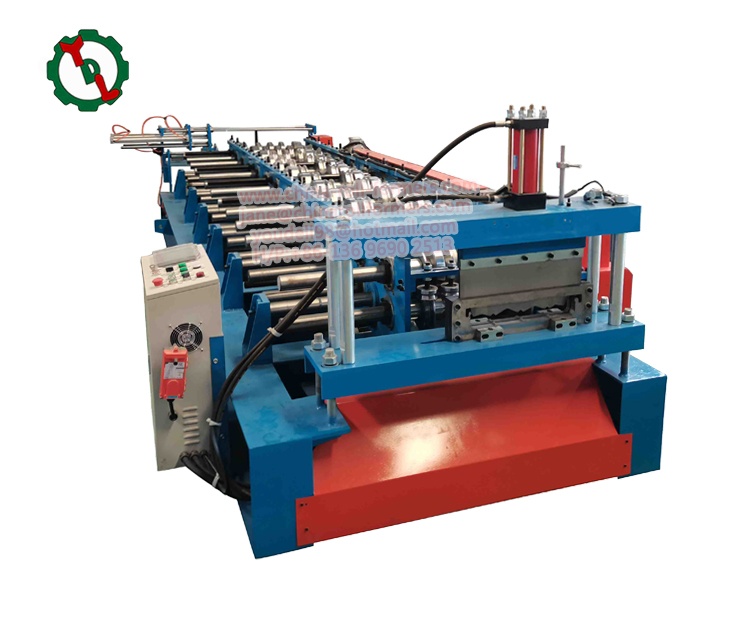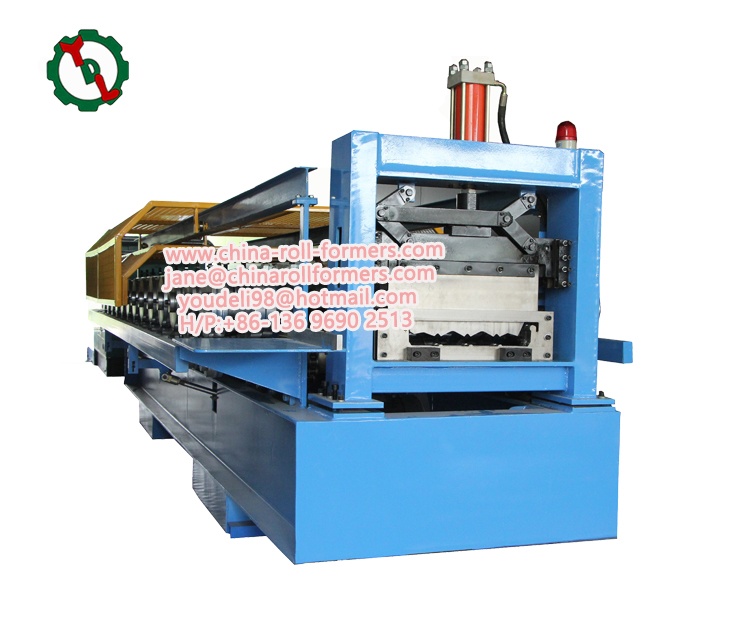Crimping Rolling Curving Machines are versatile metal forming machines used to bend and shape metal sheets and plates. They utilize three main processes – crimping, rolling, and curving – to transform flat metal stock into a variety of shapes and profiles.
Crimping Process
The crimping process involves making longitudinal creases in metal sheets by passing them between two rolls with mating teeth or gears. As the sheet passes between the two crimping rolls, the teeth on the rolls mesh and bend the sheet along the crimped lines. This allows the metal to be bent accurately at fixed intervals along the crimped bends.
Crimping rolls can be changed to adjust the distance between bends, as well as the depth and shape of the crimps. This makes it possible to produce metal sheets with customized crimping patterns for different applications.
Rolling Process
Rolling uses two or more cylindrical rolls rotating in opposite directions to form metal sheets into curved or rounded shapes. The sheet passes between the rotating rolls which apply pressure to bend the sheet.
The curvature produced depends on the gap between the rotating rolls. Adjusting the gap and using multiple rolling stations allows precise control over the gradual bending of sheets into arcs, cylinders, cones, and other curved profiles.
Curving Process
Curving utilizes a curving roll and pressure roll to produce more complex curves and arches in metal plates. The curving roll has a contoured surface which guides the progressive bending of the plate as it passes through the curving section.
By adjusting the vertical position of the pressure roll, plates can be bent into shallow or pronounced curves. The curvature is formed incrementally as the plate passes under the curving roll, so plates are typically fed back and forth to achieve the desired bend profile.
Key Applications
Crimping rolling curving machines are commonly used for:
- Production of corrugated metal sheets for roofing, siding, and decking. The crimping process allows customization of the ridge profile and sheet width.
- Manufacturing curved panels, housings, and components for appliances, equipment, and machinery. Rolling and curving enable precise bending for an ergonomic fit.
- Forming rounded ductwork, elbows, and tubing for HVAC and exhaust systems. Curving produces smooth bends for optimal airflow.
- Shaping brackets, supports, and braces into various angles and load-bearing forms. The crimping and curving processes generate optimal strength properties.
- Bending culverts, arches, and drainage pipes to required shapes. Curving rolls can achieve tight radius bends for piping.
Advanced Capabilities
Modern crimping rolling curving machines include advanced controls and multiple stations for automated, high-volume production. Programmable controls allow fast changeovers between different bending patterns and profiles.
Some advanced models also incorporate pneumatic or servo-electric actuation of rolls for precision and repeatability. This allows operators to quickly switch between crimping, rolling, and curving processes in one efficient workflow.
In summary, crimping rolling curving machines allow efficient, automated shaping of metal into an almost endless array of profiles. They are invaluable for metal fabrication across many industries that require bent or curved metal components.






